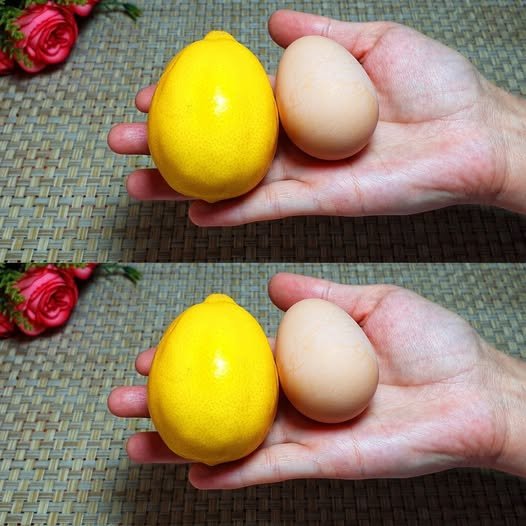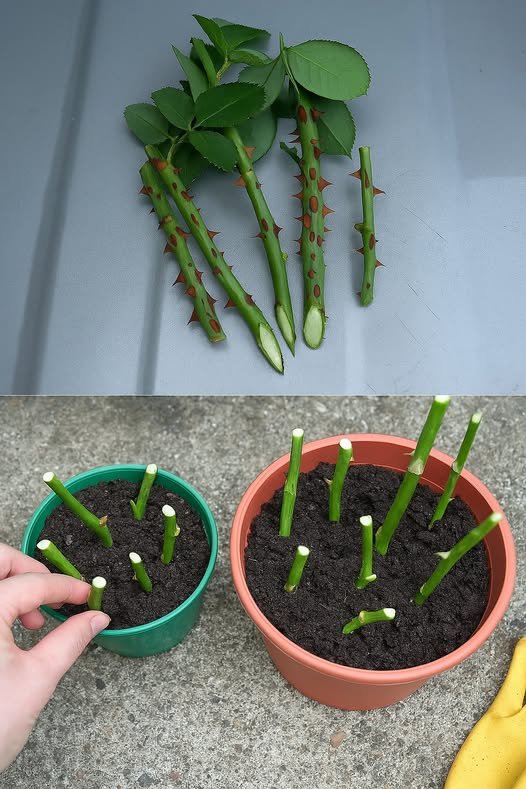The Potato Terrace Experiment: A Surprisingly Successful Harvest at Home
Growing vegetables at home has become increasingly popular, especially for those living in urban environments with limited space. Among the many crops that people try to grow at home, potatoes often seem like a more difficult or space-demanding option. But a recent home experiment on a small terrace proved otherwise—demonstrating that potatoes can indeed thrive in containers and yield a surprisingly abundant harvest.
If you’ve been hesitant about growing your own potatoes due to lack of space or gardening experience, this method may inspire you to give it a try. It’s simple, space-efficient, and requires only basic materials—making it perfect for beginners and seasoned gardeners alike.
Why Grow Potatoes at Home?
Potatoes are one of the most consumed vegetables worldwide and are incredibly versatile in the kitchen. Homegrown potatoes not only taste fresher, but they’re also free from harmful chemicals and pesticides. Growing your own gives you control over what goes into the soil and onto your plate.
Additionally, the process of watching your plants grow from simple tubers into lush green foliage—and then harvesting your own batch of potatoes—can be deeply satisfying and educational.
What You’ll Need:
Seed potatoes (available at gardening stores or from previous crops)
Large containers, grow bags, or sturdy buckets (minimum 12 inches deep)
Well-draining potting mix enriched with compost
A sunny spot on your terrace or balcony
A trowel or small shovel
Watering can or hose
Step-by-Step Guide to the Potato Terrace Method
1. Choose the Right Container
Potatoes grow underground, so they need room to develop. Large containers such as grow bags, deep pots, or even old buckets work well. Make sure the container is at least 12 inches deep and has drainage holes at the bottom to prevent waterlogging.
You can even repurpose items like paint buckets or laundry baskets, as long as they’re cleaned and adapted for drainage.
2. Prepare the Soil
Use a light, loose potting mix mixed with compost or well-rotted manure. This helps the tubers grow freely and allows for good air circulation and moisture retention. Avoid compacted soil or heavy clay mixtures.
Fill the container with 4 to 6 inches of soil to start—don’t fill it all the way yet. You’ll add more soil as the plant grows.
3. Planting the Potatoes
Cut your seed potatoes into chunks, ensuring each piece has at least one “eye” (a sprouting point). Let them dry for a day to form a protective layer, which helps prevent rot.
Place the seed pieces onto the soil with the eyes facing upward, then cover them with another 3–4 inches of soil. Water gently but thoroughly.
Place the container in a sunny spot on your terrace where it will get at least 6 hours of sunlight daily.
4. Caring for Your Potato Plants
Water the plants regularly to keep the soil moist but not soggy. Once the green shoots grow about 6–8 inches tall, add more soil or compost to cover all but the top leaves. This process is called “hilling” and encourages more potatoes to form along the buried stem.
Continue adding soil as the plants grow taller, until the container is nearly full.
Feed your plants every 2–3 weeks with an organic liquid fertilizer or compost tea to promote healthy growth and tuber development.
Observations from the Terrace Experiment
The terrace experiment involved planting just a handful of seed potatoes in several medium-sized containers. Within a few weeks, the green foliage started to emerge vigorously. With consistent watering, hilling, and sunlight, the plants thrived—even in limited space.
By the end of the growing season (around 10–12 weeks), the leaves began to yellow and die back—a clear signal that it was time to harvest. Carefully tipping the containers revealed a rich bounty of clean, well-formed potatoes nestled in the soil.
The results were not just satisfying—they were surprising. The yield was far better than expected, with each container producing a substantial amount of fresh, healthy potatoes. It proved that even a small urban space could produce real, usable crops.
Harvesting Tips
- Wait until the plants begin to wilt and the leaves yellow—this means the potatoes have matured.
- Stop watering about a week before harvesting to allow the skin to toughen.
- Gently dig through the soil with your hands or a small trowel to avoid damaging the tubers.
Once harvested, let the potatoes air-dry in a shaded area before storing.
Final Thoughts
The potato terrace experiment demonstrated that anyone can grow potatoes at home, even in small spaces. With the right containers, good soil, and a sunny spot, this humble crop can thrive on balconies and terraces.
Not only is it a sustainable way to provide fresh food for your household, but it also turns your home into a productive green space. Whether you’re growing for fun, health, or self-reliance, try the potato-in-a-container method—you might be surprised at what you can harvest just a few feet from your kitchen.



